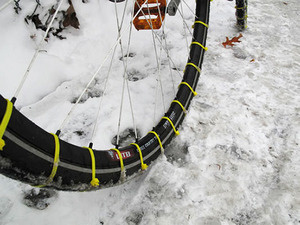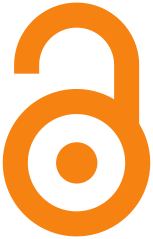At the beginning  of this month I posted about a helpful and time saving current awareness tool, email alerts, and how to set up a search alert in an article database. Today I want draw your attention to another current awareness tool, Table of Contents (TOC) alerts and to JournalTOCs, an excellent aggregating service that allows you to get TOC alerts for specific journals. JournalTOCs contains the latest Tables of Contents of over 20 000 scholarly journals, 4 400 of which are Open Access.
of this month I posted about a helpful and time saving current awareness tool, email alerts, and how to set up a search alert in an article database. Today I want draw your attention to another current awareness tool, Table of Contents (TOC) alerts and to JournalTOCs, an excellent aggregating service that allows you to get TOC alerts for specific journals. JournalTOCs contains the latest Tables of Contents of over 20 000 scholarly journals, 4 400 of which are Open Access.
By setting up an account for free (simply a username and password) you can search or browse for the journal titles you want to follow, then JournalTOCs alerts you when new issues of your followed journals are published. You can save and import your selected journal titles into your favourite RSS feed reader, set up TOC email alerts, or both. There are other customization options to explore as well.
Visit the website, sign up, and give it a try. One way to look for journal titles in your discipline is to go to Browse > Subject and then scroll through the alphabetical list. Once you select a subject, you can view those subject-specific journal titles as well as how many followers that title has. You can also see whether the journal listed is subscription-based or Open Access.
JournalTOCs has made it simple to go into your account and deselect journal titles you no longer wish to follow, and to add new ones. So don’t be shy and start experimenting with some of these tools that help to keep you on top of the latest research in your field.
Image from www.journaltocs.ac.uk
 Infographics are visually appealing and effective ways of representing statistics, knowledge, and data, both qualitative and quantitative. Some are static and others are interactive, like this infographic showing the percentage of academic papers published by women over the last five centuries.You can interact with the infographic by selecting which time period you would like to see represented and you can also sort the information in a few different ways. Be sure to read more about the data and how it was gathered, examined, and ultimately represented. This infographic comes from The Chronicle of Higher Education and the data was drawn from JSTOR, a digital archive of scholarly papers, by researchers at the University of Washington.
Infographics are visually appealing and effective ways of representing statistics, knowledge, and data, both qualitative and quantitative. Some are static and others are interactive, like this infographic showing the percentage of academic papers published by women over the last five centuries.You can interact with the infographic by selecting which time period you would like to see represented and you can also sort the information in a few different ways. Be sure to read more about the data and how it was gathered, examined, and ultimately represented. This infographic comes from The Chronicle of Higher Education and the data was drawn from JSTOR, a digital archive of scholarly papers, by researchers at the University of Washington.








